


Facial rejuvenation treatment revitalizes a person’s well-being, self confidence, preserves youthfulness and wards off ageing signs.
This treatment has gained much acceptance recently compared to invasive procedures, mainly due to the lower risks of adverse effects and less painful procedures while achieving a higher level of aesthetic results.
There is a wide range of non-invasive facial rejuvenation treatments suitable for a variety of facial complaints. These include non-ablative laser skin resurfacing, intense pulsed light (iPl) therapy, radiofrequency skin tightening, Botulinium toxin (Botox) injections and injection of fillers.
The aim of facial rejuvenation is to moderate the ageing ocess and normal “wear and tear”. although facial rejuvenation may restore youthfulness, it is not able to stop ageing. hence, the results of such therapy are never permanent.
To maintain the desired look and effect, maintenance or “touch-ups” are necessary. frequency of “touch-ups” varies with each individual as they are mainly related to factors such as stress, dietary habits, exercise, smoking, constant outdoor activity and exposure under the sun. however, such “touch-ups” sessions may be reduced if the patient is discipline and able to apply prescribed creams regularly for maintenance.
As with all medical procedures, non-invasive skin rejuvenation is not without side effects. fortunately, these are usually minimal and limited to a short period of recovery downtime with skin redness lasting for few minutes to an hour for non-ablative skin resurfacing, or light crusting of darkly pigmented lesions for 2 to 3 days after iPl therapy.
For injective procedures (Botox and fillers injections), there can be needle-stick marks lasting for 1 to 2 days, and bruises may form and can take about a week to resolve.
it is important for the patient to check the credentials of the doctor performing the procedure and ensure that he/she has the appropriate training and accreditation by local health authorities to prevent risks and unnecessary aftermath complications.
Despite its growing popularity, specific groups of people are not advisable or conducive for some of the skin rejuvenation procedures. for example, people who have skin diseases (such as lupus) or take medications (such as isotretinoin, also known as roaccutane) that make them sensitive to strong light may not be suitable for iPl and laser therapy. Pregnant women and people with diseases causing muscle weakness should avoid Botox injections. Patients with cardiac pacemakers implanted to correct cardiac dysrhythmia should avoid radiofrequency skin tightening.
In order to ensure patient safety, a qualified skin specialist will ask for a full medical history and discuss relevant risk factors with the patient before beginning treatment. The doctor will assess the suitability of the patient for a particular procedure and make the relevant recommendations. The patient should obtain as much information as possible about the procedure, the nature and duration of the downtime involved and the associated risks and benefits. Once everything has been clearly explained and a decision is made to proceed, the doctor may prescribe some creams/ lotions to prepare the patient for the procedure. it is important that the patient complies with the medical advice given by the doctor to ensure a safe and successful treatment.